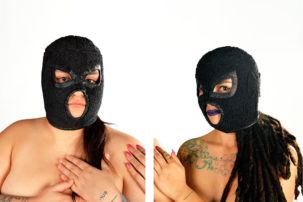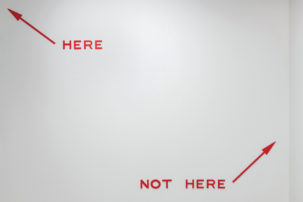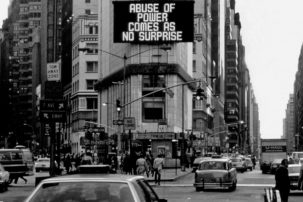If we are to adequately tell a story about the care of the self in a settler state like Canada, we must begin with the invention of the so-called New World, that brutalizing project of globalization that eroded, with vicious precision, the social worlds of Indigenous peoples from coast to coast to coast. That is to say that built into the thorny mechanics of settler colonialism was the racialized production of bad feeling as of a piece with everyday life.
In the essay “Meditations on reserve life, biosociality, and the taste of non-sovereignty,” published earlier this year in the journal Settler Colonial Studies, I made the case that social death is descriptive of the ways racialized subjects become numb to the injustice of being turned into an object of always-already injury. Misery suffocates, but rarely is it inspected by way of a diagnostic attentive to the affective life of toxic political structures.
In Depression: A Public Feeling, cultural theorist Ann Cvetkovich insists that depression is at once a mood, an atmosphere and a sensibility, and to talk of depression is to shore up the racial calculus by which some are made to endure heartbreaking loss again and again. So, Cvetkovich maintains that depression ought to be “traced to histories of colonialism, genocide, slavery legal expulsion, and everyday segregation and isolation…rather than to biochemical imbalances.”
We need only aim a sociological eye at the bloated signifier of “health” to understand how embodiment is enlivened differently too. In Economies of Abandonment: Social Belonging and Endurance in Late Liberalism, Elizabeth A. Povinelli argues that a “weak” mode of state killing proliferates sores, bad colds and small pains in the chest in Indigenous communities, but also that uncritical deployments of care are not quick fixes for these forms of “dispersed suffering.” She writes: “In neoliberalism to care for others is to refuse to preserve life if it lies outside a market value.”
To unmoor care from the economization of emotion, to make it expose the quiet violence of settler colonialism—that is what is required of those of us committed to engineering flourishing worlds. In what follows, I survey the art of three Indigenous artists who take as their objects the entangled ways that sickness, contamination and bad feeling constrain Indigenous liveability.
 Fallon Simard, Anxiety, 2017. Meme printed on giclee, 127 x 97 cm.
Fallon Simard, Anxiety, 2017. Meme printed on giclee, 127 x 97 cm.
Fallon Simard
“I can’t breathe” is a refrain that repeats from the mouths of those whose—to use Cvetkovich’s language—“daily practices of survival” are conditioned by an atmosphere that makes a fool out of the lungs. “I can’t breathe” is a theoretical claim; it draws attention to the obstruction of that which, according to Ashon T. Crawley in Blackpentecostal Breath: The Aesthetics of Possibility, “is constitutive for flight, for movement, for performance.”
“I can’t breathe” also illuminates the unfinished project of care, how some have been barred from uncomplicatedly accessing the commons that is the air. Following Crawley, “I can’t breathe” potentiates; it ratchets up an excess that cannot, in the end, be wholly negated.
“I can’t breathe” is but one theory of how Indigeneity is made to apparate in public life in Fallon Simard’s “Bodies that Monetize,” their Master of Arts thesis exhibition at Blank Canvas Gallery in Toronto this April. Simard’s Anxiety is stylized with a blurred photograph of crumpled brown paper bags, which we might consider to be prosthetic-like household items used to assist with breathing during biosocial events such as a panic attack.
Simard uses the form of the meme, which enables a mode of mobility that exceeds the gallery walls, to activate something like a poetics of putting it out there, out in the open, such that the surround of the surround, which is to say the air, is brought into focus. Out of this comes the thesis that troubled breathing is a normative facet of North American democracy.
 Tashina Makokis, Nellie McClung, 2016. Acrylic and coarse pumice gel on canvas, 76 x 91 cm. Photo: Michael J.H. Woolley.
Tashina Makokis, Nellie McClung, 2016. Acrylic and coarse pumice gel on canvas, 76 x 91 cm. Photo: Michael J.H. Woolley.
Tashina Makokis
Tashina Makokis, a mixed-media artist from the Saddle Lake Cree Nation, peppered The Cancer Series: Round One, 2016 onto the walls of the Femlab at the University of Alberta’s Department of Women’s and Gender Studies this summer.
The Cancer Series: Round One, 2016 is a series of portraits of colonial figureheads from Canadian history—Nellie McClung, George Simpson, Emily Murphy, Frank Oliver, John A. Macdonald and Duncan Campell Scott—rendered in bright hues of acrylic paint, coarse pumice and nepheline gel, reminiscent of the colour palettes of thermal imaging. Thermal imaging is used both to detect radiation and to make visible some physiological changes in human bodies. In a sense, Makokis’s eye is something like a thermal-imaging camera, for the paintings show cancerous growths and other biological mutations on the flesh of the subjects.
The Cancer Series: Round One, 2016 asks us to reckon with a past that endures. It is archaeological, in the sense that it digs into the muck of history and excavates the cruelty of those who masterminded the forms of state biopower that hardwired Indigenous misery into the realm of the ordinary.
At the same time, Makokis recruits the power of metaphor to interpret settler colonialism as a structure akin to a sovereign death-drive, as if the practices of state-making were killing those it meant to usher into the category of the Indigenized settler. But, if nothing else, The Cancer Series: Round One, 2016 suggests that the virus that is colonialism persists.
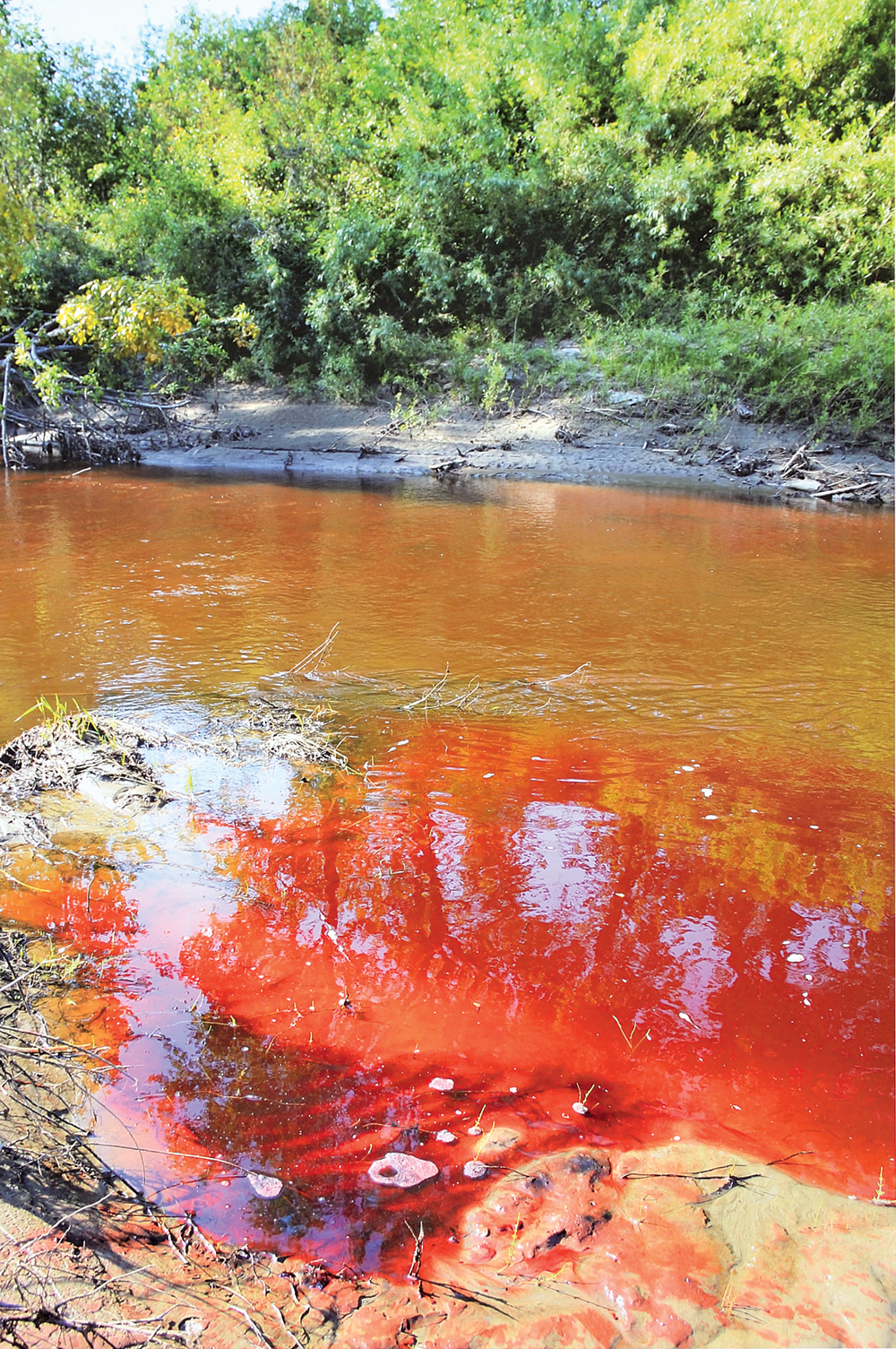 Tanya Harnett, Scarred/Sacred Water, 2011. Photograph on paper, 84.5 x 64 cm. Collection of Indigenous and Northern Affairs Canada.
Tanya Harnett, Scarred/Sacred Water, 2011. Photograph on paper, 84.5 x 64 cm. Collection of Indigenous and Northern Affairs Canada.
Tanya Harnett
Tanya Harnett’s Scarred/Sacred Water (2011) appeared in “raise a flag: works from the Indigenous Art Collection (2000–2015)” at OCAD University’s Onsite Gallery this fall. Harnett, from the Carry the Kettle Nakoda Nation, explores the entanglements of history, identity, place and spirituality in her studio practice.
According to Ryan Rice’s exhibition catalogue, Harnett’s Scarred/ Sacred Water “brings attention to contaminated bodies of water on Albertan Reservations [sic]. In 2011, Harnett travelled to five First Nations reserves: Paul First Nation, Alexis First Nation, Driftpile First Nation, Cold Lake First Nation and Lubicon Lake First Nation.” At the direction of a member of each First Nation, Harnett poured red food colouring into lakes and rivers that are both sources of drinking water for local Indigenous peoples and sites of human-made pollution.
Harnett’s intervention engineers something of a murder scene that fixes attention on the horrors of settler resource development. Bloodied, the river is not just an open wound, but also an index of the wrath of the “fiscal death,” to use Shiri Pasternak’s term, manufactured by the federal government.
Like Simard and Makokis, Harnett traffics in a practice of making known that which is obscured due to the limits of human sight, but is nonetheless felt by those who must live and sometimes prematurely die in the badlands of modernity. The reserve, by way of decades of the mismanagement of biological life on the part of numerous state agents, is a place where making life without misery is an arduous task. Harnett, however, seeks to enact an ethics that might correct the lopsided consequences of breathing and drinking water in the shadows of what Alexis Shotwell, in Against Purity: Living Ethically in Compromised Times, calls “the Mordor of industrial capitalism.”
Harnett images an outpost of Shotwell’s Mordor, where death and decay are permanent facets of everyday life. Harnett, like Shotwell, insists that if left unhindered, capital will rope us into always-already collapsed worlds beyond repair. If “scarred” and “sacred” slip-slide into one another, it is because of industry’s lack of care and its wilful disavowal of the ethico-philosophical tenets that govern Indigenous relations to water.
Billy-Ray Belcourt is from Driftpile Cree First Nation. He is a PhD student in the Department of English and Film Studies at the University of Alberta. Belcourt’s first poetry collection, This Wound is a World, was released through Frontenac House in fall 2017.
This post is adapted from a feature article of the same title in the Winter 2018 issue of Canadian Art, which is themed on “Care and Wellness.”

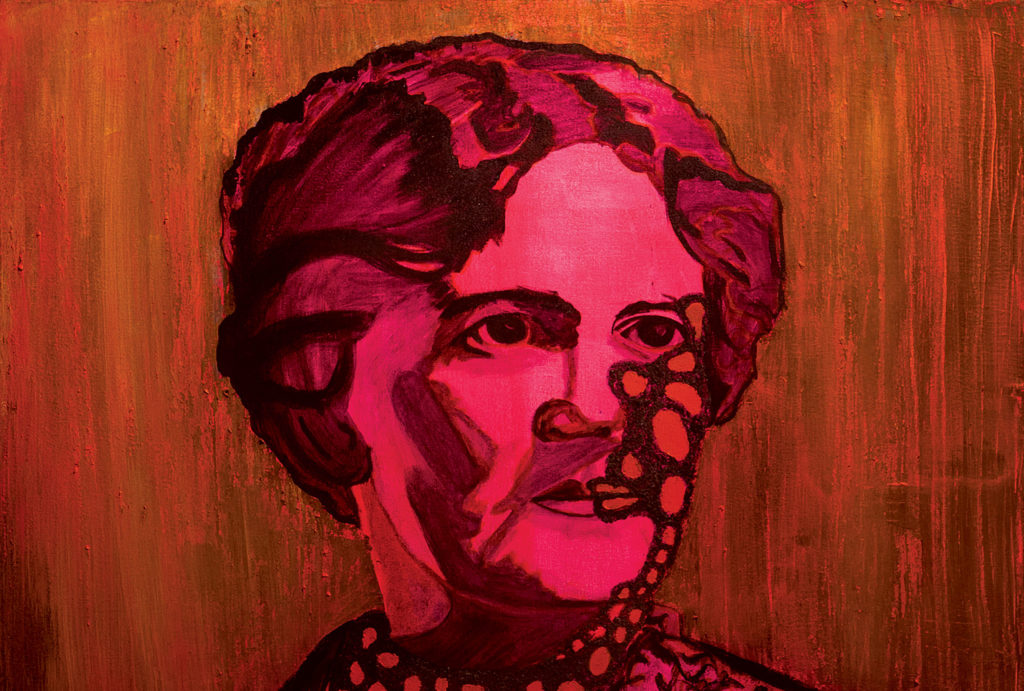 Tashina Makokis, Nellie McClung (detail), 2016. Acrylic and coarse pumice gel on canvas, 91 x 76 cm. Photo: Michael J.H. Woolley.
Tashina Makokis, Nellie McClung (detail), 2016. Acrylic and coarse pumice gel on canvas, 91 x 76 cm. Photo: Michael J.H. Woolley.

